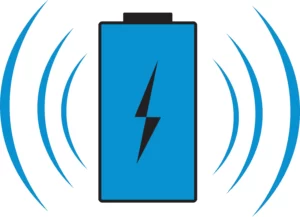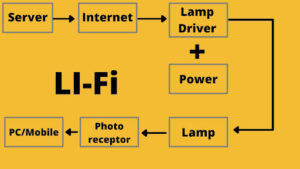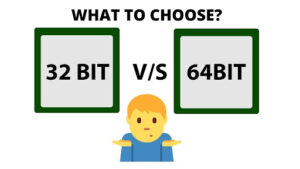FIBER OPTIC CABLE
A fibre optic cable or optical fibre cable is
almost similar to a normal copper cable wire. Instead of using electricity, we use light to transfer data
from one place to another, basically fibre optic cables are used where the distance
is more than 50 Kilometers.
almost similar to a normal copper cable wire. Instead of using electricity, we use light to transfer data
from one place to another, basically fibre optic cables are used where the distance
is more than 50 Kilometers.
But here is the question that why we should
use light signals instead of electric signals to transfer data from one place
to another where the distance is more than 50 Kilometers. The answer is very
simple, we have read in early classes that, when the distance of an electric wire
increases, the resistance also increases. So, if we use the electric signal to
transfer data far away then there will be a strong chance of losing data,
frequency and electricity also take much time to travel the same distance as compared
to light signal and lots of other problems. You will be surprised that there is
no copper wire inside the OFC(Optical Fibre Cable). Instead of copper wire
glass or plastic is used to transfer light signals.
use light signals instead of electric signals to transfer data from one place
to another where the distance is more than 50 Kilometers. The answer is very
simple, we have read in early classes that, when the distance of an electric wire
increases, the resistance also increases. So, if we use the electric signal to
transfer data far away then there will be a strong chance of losing data,
frequency and electricity also take much time to travel the same distance as compared
to light signal and lots of other problems. You will be surprised that there is
no copper wire inside the OFC(Optical Fibre Cable). Instead of copper wire
glass or plastic is used to transfer light signals.
The inner part which transfers the light is
called the core. This core is responsible to transfer the light signal. The core is
covered with a thick flexible cover which is called cladding. The core and
cladding are also covered with a hardcover which is called an outer shell. The cladding
layer is basically made with polyimide. These covers protect the core from
outer damage. As per the situation, more covers are included to protect the cable.
called the core. This core is responsible to transfer the light signal. The core is
covered with a thick flexible cover which is called cladding. The core and
cladding are also covered with a hardcover which is called an outer shell. The cladding
layer is basically made with polyimide. These covers protect the core from
outer damage. As per the situation, more covers are included to protect the cable.
Modern fibre cables are able to contain up
to a thousand fibres in a single cable. They can transfer data at a rate of
Terabytes per second.
to a thousand fibres in a single cable. They can transfer data at a rate of
Terabytes per second.
Basically, there are four types of OFC
cables
cables
i). Single-mode
Optical Fibre.
Optical Fibre.
ii). Multimode Optical
Fibre.
Fibre.
iii). Step index Multimode
Fibre.
Fibre.
iv). Graded index
Multimode Fibre.
Multimode Fibre.
i). Single-mode Optical Fibre:– In this type of cable, the inner core is able
to transfer only one node of light.
ii). Multimode Optical Fibre:- This type of fibre cable has a large diametrical
core which allows multiple modes of light to travel. For this reason, Multimode
Optical Fibre can transfer more data in a single time than single-mode
Optical Fibre. As there is more reflection there is more disturbance in the network,
for this reason, repeaters are used to reduce the signal disturbance. These types
of Optical Cables are used to transfer data over short distances.
core which allows multiple modes of light to travel. For this reason, Multimode
Optical Fibre can transfer more data in a single time than single-mode
Optical Fibre. As there is more reflection there is more disturbance in the network,
for this reason, repeaters are used to reduce the signal disturbance. These types
of Optical Cables are used to transfer data over short distances.
iii). Step index Multimode Fibre:- This type of fibre cable has a larger core. So,
the light signals can travel in both zigzag forms and directions. This type of
cable is also used for short distances.
the light signals can travel in both zigzag forms and directions. This type of
cable is also used for short distances.
iv). Graded index Multimode Fibre:- In this type of fibre cable, the light inside
the core travels helically instead of in the zigzag form. This type of cable is
perfect for LANs.
the core travels helically instead of in the zigzag form. This type of cable is
perfect for LANs.





